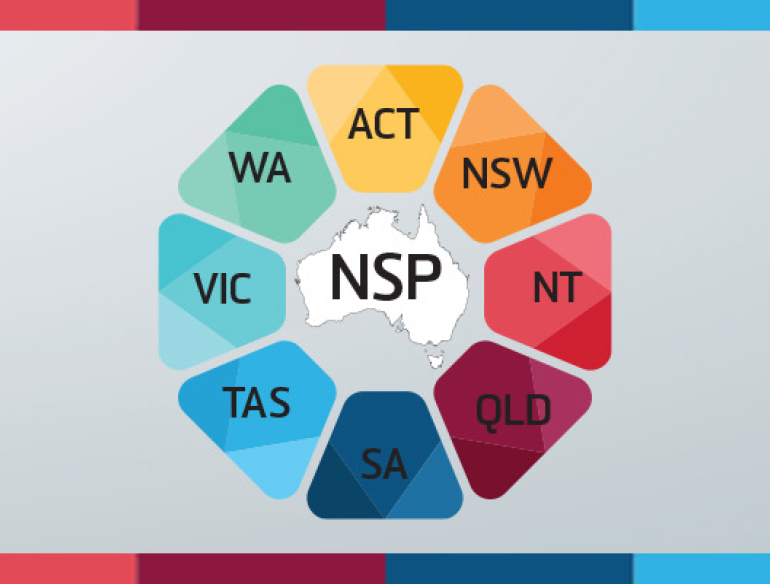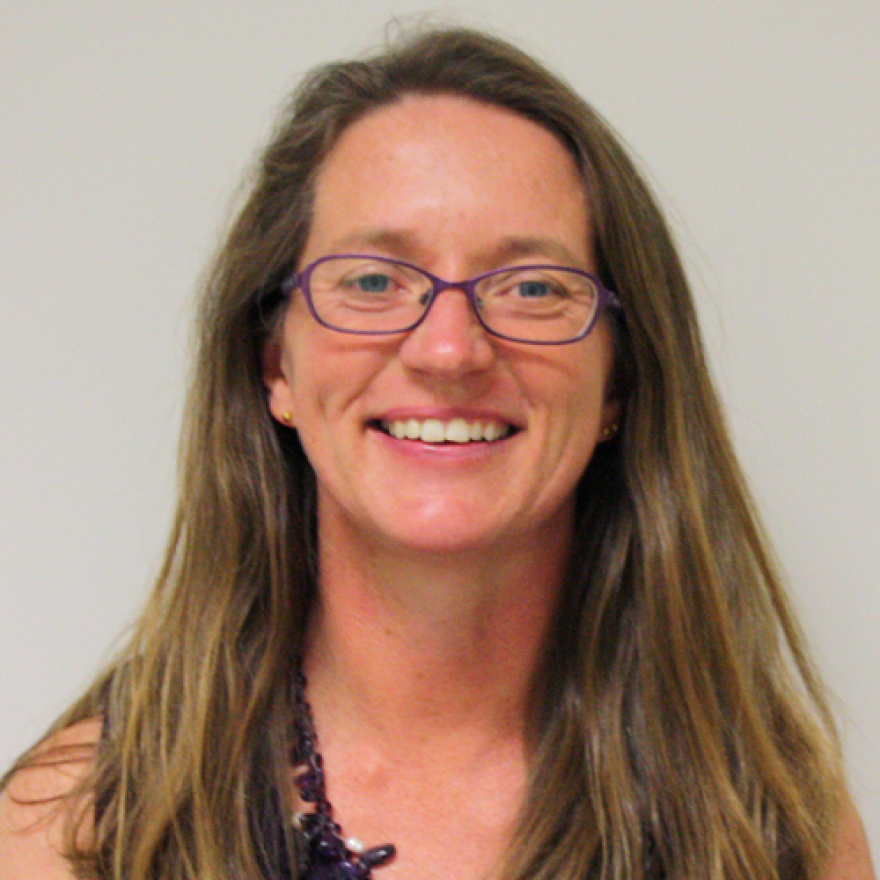-
All jurisdictions operated the full range of outlet types (primary, secondary, pharmacy and syringe dispensing machines (SDM)) for the first time in 2017. Australia's network of 3,627 NSP services was comprised of 98 primary, 784 secondary and 2,422 pharmacy NSPs in 2016/17. These face to face services were supplemented by 323 SDMs.
-
Based on 2,856 NSP occasions of service (OOS) recorded at primary and secondary NSPs that participated on the snapshot day in 2017, it is estimated that public sector NSPs in Australia provided 765,000 occasions of service in 2016/17.
-
Two thirds (64%) of NSP attendees at public sector NSP services on the snapshot day were aged between 30 and 49 years, three in four (74%) NSP attendees were male and excluding OOS where Indigenous status was not reported, 16% of NSP attendees identified as Aboriginal and/or Torres Strait Islander.
-
Analgesics (heroin, other opioids and opioid substitution therapies) were the most commonly reported drugs injected on the snapshot day in 2017 (41%), followed by stimulants and hallucinogens (predominantly methamphetamine, 36%) and anabolic agents and selected hormones (predominantly anabolic steroids, 9%).
-
Over the past ten years, the number of needles and syringe distributed increased by 46%. In 2016/17, 49 million needles and syringes were distributed in Australia, a decrease of 0.5 million from the previous year. Per capita needle and syringe distribution among the population aged 15–64 years was stable compared to the previous year at 3.1 syringes. In 2016/17 an estimated 631 syringes were distributed per 'regular' PWID in Australia, the equivalent of 1.7 syringes per injector per day.
The Needle Syringe Program National Minimum Data Collection (NSP NMDC) supports the National Strategies for blood borne and sexually transmissible infections and complements the annual Australian Needle and Syringe Program (NSP) Survey National Data Report.
All eight Australian jurisdictions operate a range of NSP services targeting a variety of drug use and client populations. Despite some variation in levels of completeness and alignment, all jurisdictions provide data incorporating the following three components: NSP service type and location, non-identifiable client occasions of service, and needle syringe distribution.
This is the second annual national data report which presents national and state/territory NSP data for the period 2015/16 and 2016/17.

